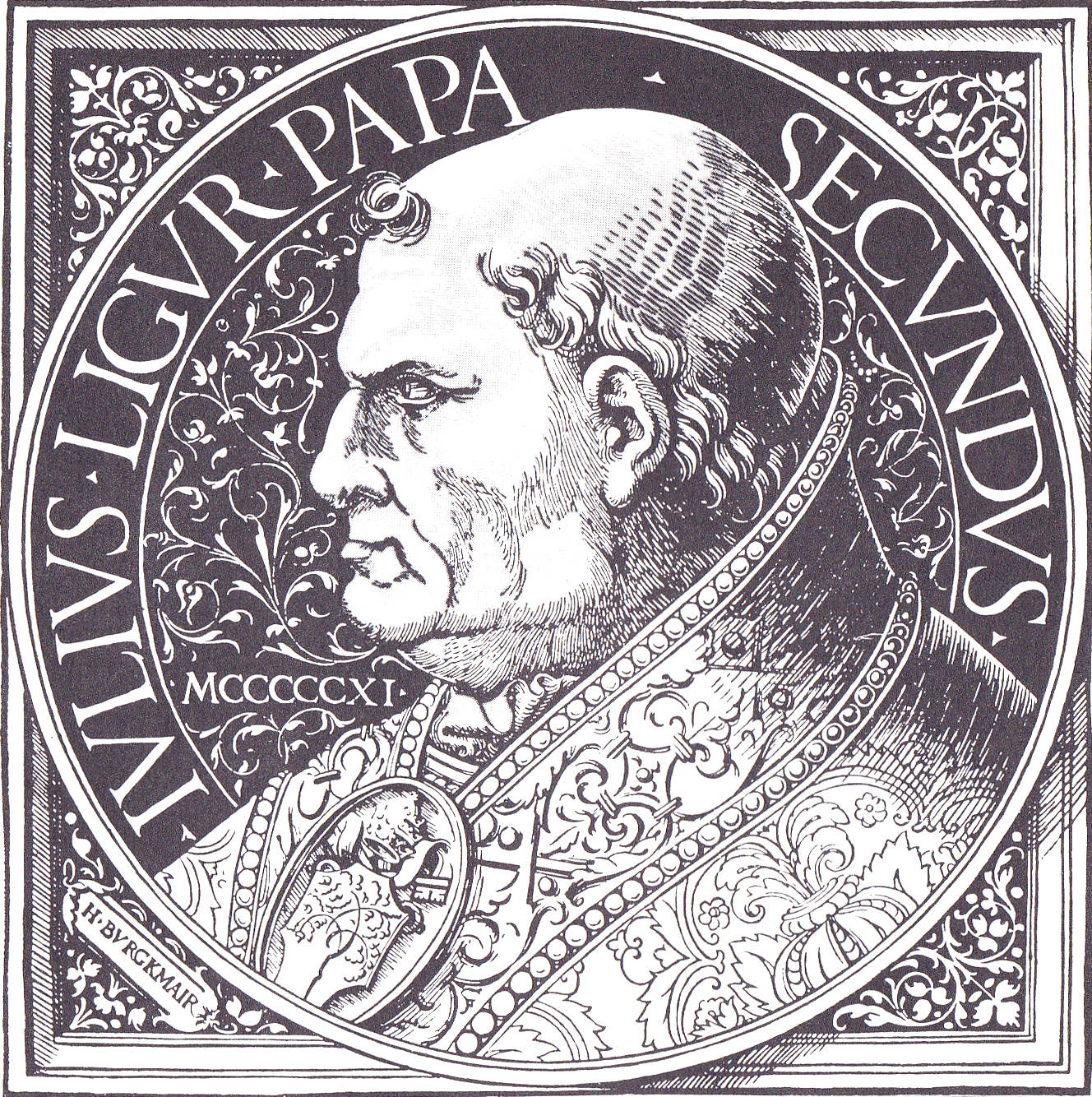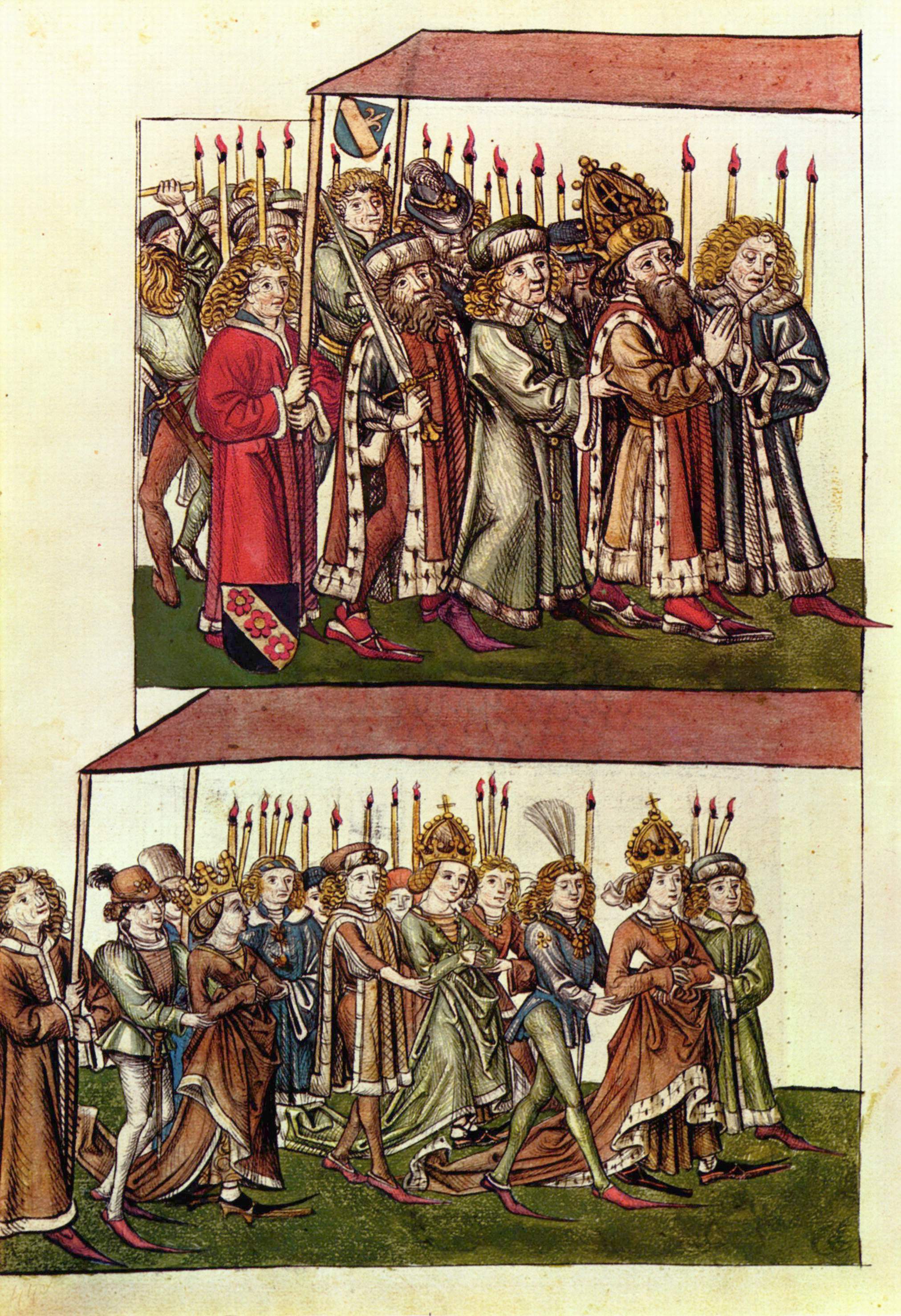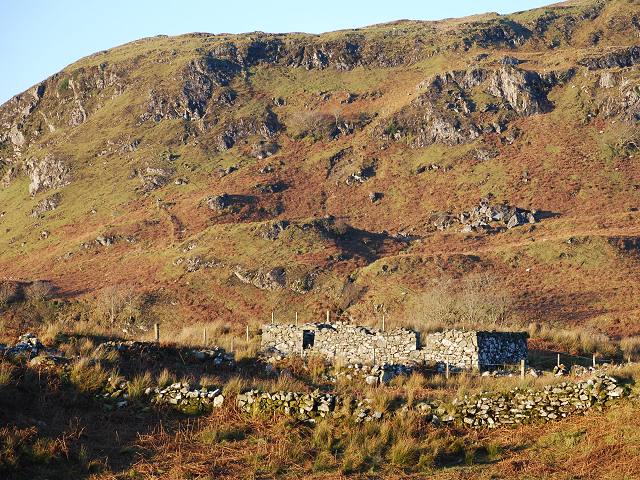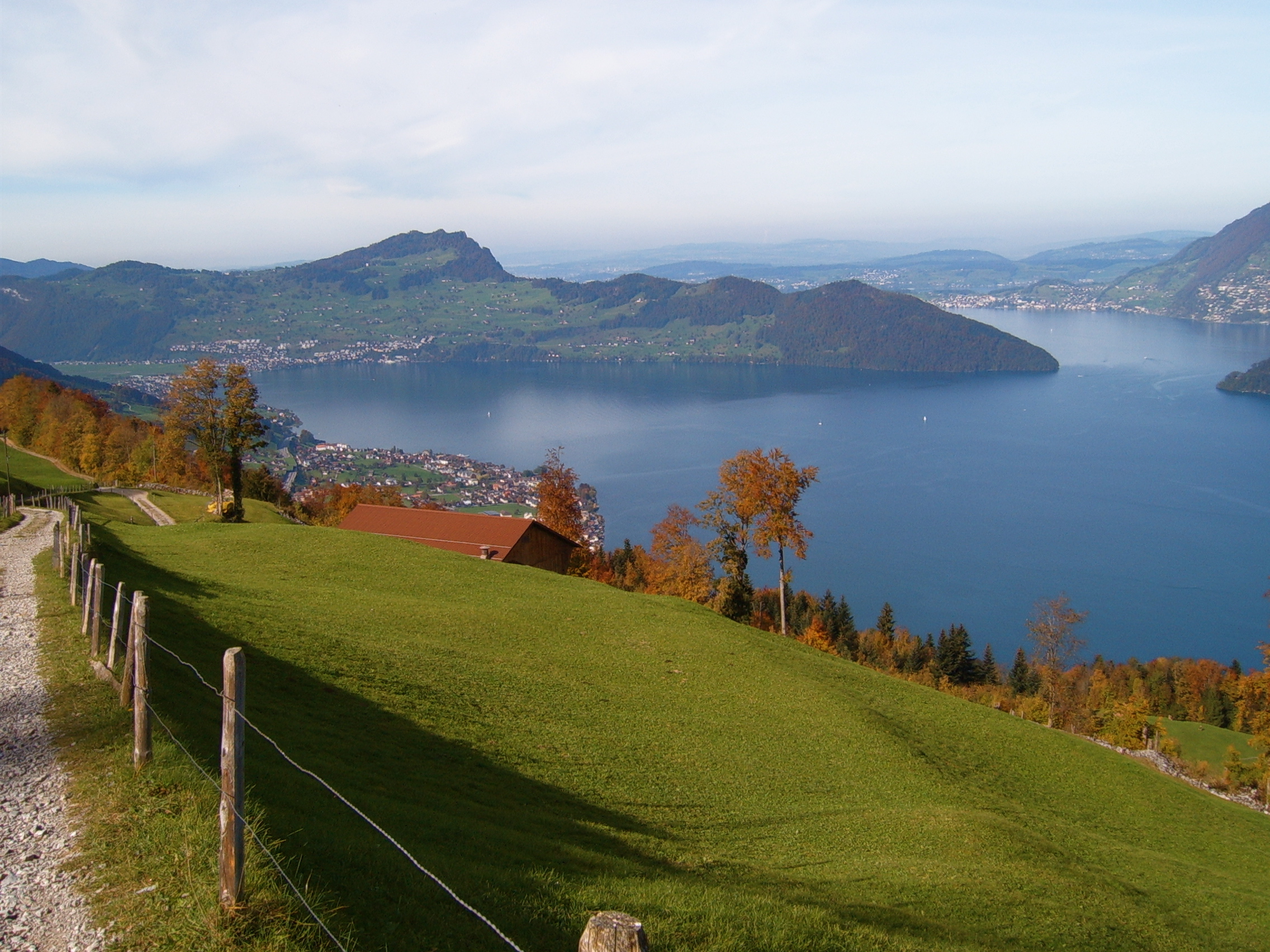|
Muri Abbey
Muri Abbey (german: Kloster Muri) is a Benedictine monastery dedicated to Saint Martin of Tours. It flourished for over eight centuries at Muri, in the Canton of Aargau, near Zürich, Switzerland. It is currently established as Muri-Gries in South Tyrol and was formerly a part of the Austrian-Hungarian Empire. History The monastery of Saint Martin of Tours at Muri in the Canton of Aargau, in the Diocese of Basel (but originally in that of Constance), was founded in 1027 by Radbot, Count of Habsburg, one of the progenitors of the House of Habsburg. Rha, a daughter of Frederick, Duke of Lower Lorraine, and Werner, Bishop of Strasburg, each donated a portion of land to a monastery which they established there. A colony of monks was drawn from the nearby Einsiedeln Abbey, under the leadership of Prior Reginbold. On his death in 1055, Burchard was chosen as the monastery's first abbot. During his rule the abbey church was consecrated in 1064. About this time, the community wa ... [...More Info...] [...Related Items...] OR: [Wikipedia] [Google] [Baidu] |
Order Of St
Order, ORDER or Orders may refer to: * Categorization, the process in which ideas and objects are recognized, differentiated, and understood * Heterarchy, a system of organization wherein the elements have the potential to be ranked a number of different ways * Hierarchy, an arrangement of items that are represented as being "above", "below", or "at the same level as" one another * an action or inaction that must be obeyed, mandated by someone in authority People * Orders (surname) Arts, entertainment, and media * Order (album), ''Order'' (album), a 2009 album by Maroon * "Order", a 2016 song from ''Brand New Maid'' by Band-Maid * Orders (1974 film), ''Orders'' (1974 film), a 1974 film by Michel Brault * ''Orders'', a 2010 film by Brian Christopher * ''Orders'', a 2017 film by Eric Marsh and Andrew Stasiulis * ''Jed & Order'', a 2022 film by Jedman Business * Blanket order, purchase order to allow multiple delivery dates over a period of time * Money order or postal order, a fin ... [...More Info...] [...Related Items...] OR: [Wikipedia] [Google] [Baidu] |
Beatification
Beatification (from Latin ''beatus'', "blessed" and ''facere'', "to make”) is a recognition accorded by the Catholic Church of a deceased person's entrance into Heaven and capacity to intercede on behalf of individuals who pray in their name. ''Beati'' is the plural form, referring to those who have undergone the process of beatification; they possess the title of "Blessed" (abbreviation "Bl.") before their names and are often referred to in English as "a Blessed" or, plurally, "Blesseds". History Local bishops had the power of beatifying until 1634, when Pope Urban VIII, in the apostolic constitution ''Cœlestis Jerusalem'' of 6 July, reserved the power of beatifying to the Holy See. Since the reforms of 1983, as a rule, one miracle must be confirmed to have taken place through the intercession of the person to be beatified. Miracles are almost always unexplainable medical healings, and are scientifically investigated by commissions comprising physicians and theologi ... [...More Info...] [...Related Items...] OR: [Wikipedia] [Google] [Baidu] |
Pontificalia
Pontifical vestments, also referred to as episcopal vestments or pontificals, are the liturgical vestments worn by bishops (and by concession some other prelates) in the Catholic, Eastern Orthodox, Oriental Orthodox, Anglican, and some Lutheran churches, in addition to the usual priestly vestments for the celebration of the mass, other sacraments, sacramentals, and canonical hours. The pontifical vestments are only worn when celebrating or presiding over liturgical functions. As such, the garments should not be confused with choir dress, which are worn when attending liturgical functions but not celebrating or presiding. Western Christianity The pontifical accoutrements include the: *mitre *pectoral cross *ecclesiastical ring *chasuble * pontifical dalmatic *crosier (carried) *zucchetto A metropolitan archbishop also wears a pallium within his own ecclesiastical province, once he has received it from the Pope. After receiving it, he is entitled to have an archiepiscopal cro ... [...More Info...] [...Related Items...] OR: [Wikipedia] [Google] [Baidu] |
Pope Julius II
Pope Julius II ( la, Iulius II; it, Giulio II; born Giuliano della Rovere; 5 December 144321 February 1513) was head of the Catholic Church and ruler of the Papal States from 1503 to his death in February 1513. Nicknamed the Warrior Pope or the Fearsome Pope, he chose his papal name not in honour of Pope Julius I but in emulation of Julius Caesar. One of the most powerful and influential popes, Julius II was a central figure of the High Renaissance and left a significant cultural and political legacy. As a result of his policies during the Italian Wars, the Papal States increased its power and centralization, and the office of the papacy continued to be crucial, diplomatically and politically, during the entirety of the 16th century in Italy and Europe. In 1506, Julius II established the Vatican Museums and initiated the rebuilding of the St. Peter's Basilica. The same year he organized the famous Swiss Guards for his personal protection and commanded a successful campaign in R ... [...More Info...] [...Related Items...] OR: [Wikipedia] [Google] [Baidu] |
Congregation Of Bursfelde
The Bursfelde Congregation, also called Bursfelde Union, was a union of predominantly west and central German Benedictine monasteries, of both men and women, working for the reform of Benedictine practice. It was named after Bursfelde Abbey. Background During the 15th century there was a movement for monastic and other ecclesiastical reforms throughout Europe. One of the first Benedictine reformers was John Dederoth of Nordheim. After effecting notable reforms at Clus Abbey, where he had been abbot since 1430, Dederoth was persuaded by Duke Otto of Brunswick in 1433 to reform the extremely neglected and dilapidated Bursfelde Abbey after the previous abbot had resigned in despair. Obtaining four exemplary monks from St. Matthias' Abbey in Trier, he assigned two of them to Clus to maintain his reformed discipline there, while the other two went with him to Bursfelde. As abbot of Clus, he was able to recruit from that community for Bursfelde. Dederoth succeeded beyond expectations in ... [...More Info...] [...Related Items...] OR: [Wikipedia] [Google] [Baidu] |
Council Of Constance
The Council of Constance was a 15th-century ecumenical council recognized by the Catholic Church, held from 1414 to 1418 in the Bishopric of Constance in present-day Germany. The council ended the Western Schism by deposing or accepting the resignation of the remaining papal claimants and by electing Pope Martin V. It was the last papal election to take place outside of Italy. The council also condemned Jan Hus as a heretic and facilitated his execution by the civil authority, and ruled on issues of national sovereignty, the rights of pagans and just war, in response to a conflict between the Grand Duchy of Lithuania, Kingdom of Poland (1385–1569), Kingdom of Poland and the Teutonic Knights, Order of the Teutonic Knights. The council is also important for its relationship to ecclesial conciliarism and Papal supremacy. The council's decrees were formally annulled by Pope Sixtus IV in 1478. Origin and background The council's main purpose was to end the Papal schism which had ... [...More Info...] [...Related Items...] OR: [Wikipedia] [Google] [Baidu] |
Old Swiss Confederacy
The Old Swiss Confederacy or Swiss Confederacy ( Modern German: ; historically , after the Reformation also , "Confederation of the Swiss") was a loose confederation of independent small states (, German or In the charters of the 14th century described as "communities" (, ), the German term ''Orte'' becomes common in the early 15th century, used alongside "estate" after the Reformation. The French term is used in Fribourg in 1475, and after 1490 is increasingly used in French and Italian documents. It only enters occasional German usage after 1648, and only gains official status as synonym of with the Act of Mediation of 1803. ), initially within the Holy Roman Empire. It is the precursor of the modern state of Switzerland. It formed during the 14th century, from a nucleus in what is now Central Switzerland, expanding to include the cities of Zürich and Bern by the middle of the century. This formed a rare union of rural and urban communes, all of which enjoyed imp ... [...More Info...] [...Related Items...] OR: [Wikipedia] [Google] [Baidu] |
George Russinger
George may refer to: People * George (given name) * George (surname) * George (singer), American-Canadian singer George Nozuka, known by the mononym George * George Washington, First President of the United States * George W. Bush, 43rd President of the United States * George H. W. Bush, 41st President of the United States * George V, King of Great Britain, Ireland, the British Dominions and Emperor of India from 1910-1936 * George VI, King of Great Britain, Ireland, the British Dominions and Emperor of India from 1936-1952 * Prince George of Wales * George Papagheorghe also known as Jorge / GEØRGE * George, stage name of Giorgio Moroder * George Harrison, an English musician and singer-songwriter Places South Africa * George, Western Cape ** George Airport United States * George, Iowa * George, Missouri * George, Washington * George County, Mississippi * George Air Force Base, a former U.S. Air Force base located in California Characters * George (Peppa Pig), a 2 ... [...More Info...] [...Related Items...] OR: [Wikipedia] [Google] [Baidu] |
Shieling
A shieling is a hut or collection of huts on a seasonal pasture high in the hills, once common in wild or sparsely populated places in Scotland. Usually rectangular with a doorway on the south side and few or no windows, they were often constructed of dry stone or turf. More loosely, the term may denote a seasonal mountain pasture for the grazing of cattle in summer. Seasonal pasturage implies transhumance between the shieling and a valley settlement in winter. Many Scottish songs have been written about life in shielings, often concerning courtship and love. The ruins of shielings are abundant landscape features across Scotland, particularly the Highlands. Etymology A "shieling" is a summer dwelling on a seasonal pasture high in the hills. The first recorded use of the term is from 1568. The word "shieling" comes from "shiel", from the forms ''schele'' or ''shale'' in the Northern dialect of Middle English, likely related to Old Frisian ''skul'' meaning "hiding place" and ... [...More Info...] [...Related Items...] OR: [Wikipedia] [Google] [Baidu] |
Buochs
Buochs is a municipality in the canton of Nidwalden in Switzerland. History Buochs is first mentioned in 1124 as ''Boches''. In 1184, it was mentioned as ''Buoches'', then in 1210 as ''Buches'', and in 1229 as ''Buchs''. Geography Buochs has an area, (as of the 2004/09 survey) of . Of this area, about 46.8% is used for agricultural purposes, while 33.5% is forested. Of the rest of the land, 18.0% is settled (buildings or roads) and 1.7% is unproductive land. In the 2004/09 survey a total of or about 9.7% of the total area was covered with buildings, an increase of over the 1981 amount. Of the agricultural land, is used for orchards and vineyards, is fields and grasslands and consists of alpine grazing areas. Since 1981 the amount of agricultural land has decreased by . Over the same time period the amount of forested land has decreased by . Rivers and lakes cover in the municipality. [...More Info...] [...Related Items...] OR: [Wikipedia] [Google] [Baidu] |
Stans
Stans () is the capital of the canton of Nidwalden (Nidwald) in Switzerland. The official language of Stans is German (spoken there in the variety of Swiss Standard German), but the main language is the local variant of Alemannic Swiss German. History Stans is one of the oldest settlements in the entire Nidwalden valley. The first traces of human settlement date to the second century BC.Stans Online-History accessed 21 May 2009 During the Roman era there is little evidence of a settlement except for some '' [...More Info...] [...Related Items...] OR: [Wikipedia] [Google] [Baidu] |
Unterwalden
Unterwalden, translated from the Latin ''inter silvas''(''between the forests''), is the old name of a forest-canton of the Old Swiss Confederacy in central Switzerland, south of Lake Lucerne, consisting of two valleys or ''Talschaften'', now two separate Swiss cantons (or two half-cantons), Obwalden and Nidwalden. The name ''Unterwalden'' is first recorded in 1304, as the translation of Latin ''inter silvas'', which together with ''in intramontanis'' was the name for monastery possessions in the area. In 1291, Rudolf I of Germany purchased the estates at Stans, Alpnach and Giswil. From 1304, the local bailiffs used their own seal. In 1309, Henry VII confirmed the imperial immediacy of the territory of Unterwalden as part of the imperial bailiwick of ''Waldstätte'' (but not as a political entity in its own right). The Federal Charter, internally dated 1291, is thought to originate at this time. In the text, Unterwalden figures as ''communitas hominum Intramontanorum Val ... [...More Info...] [...Related Items...] OR: [Wikipedia] [Google] [Baidu] |







